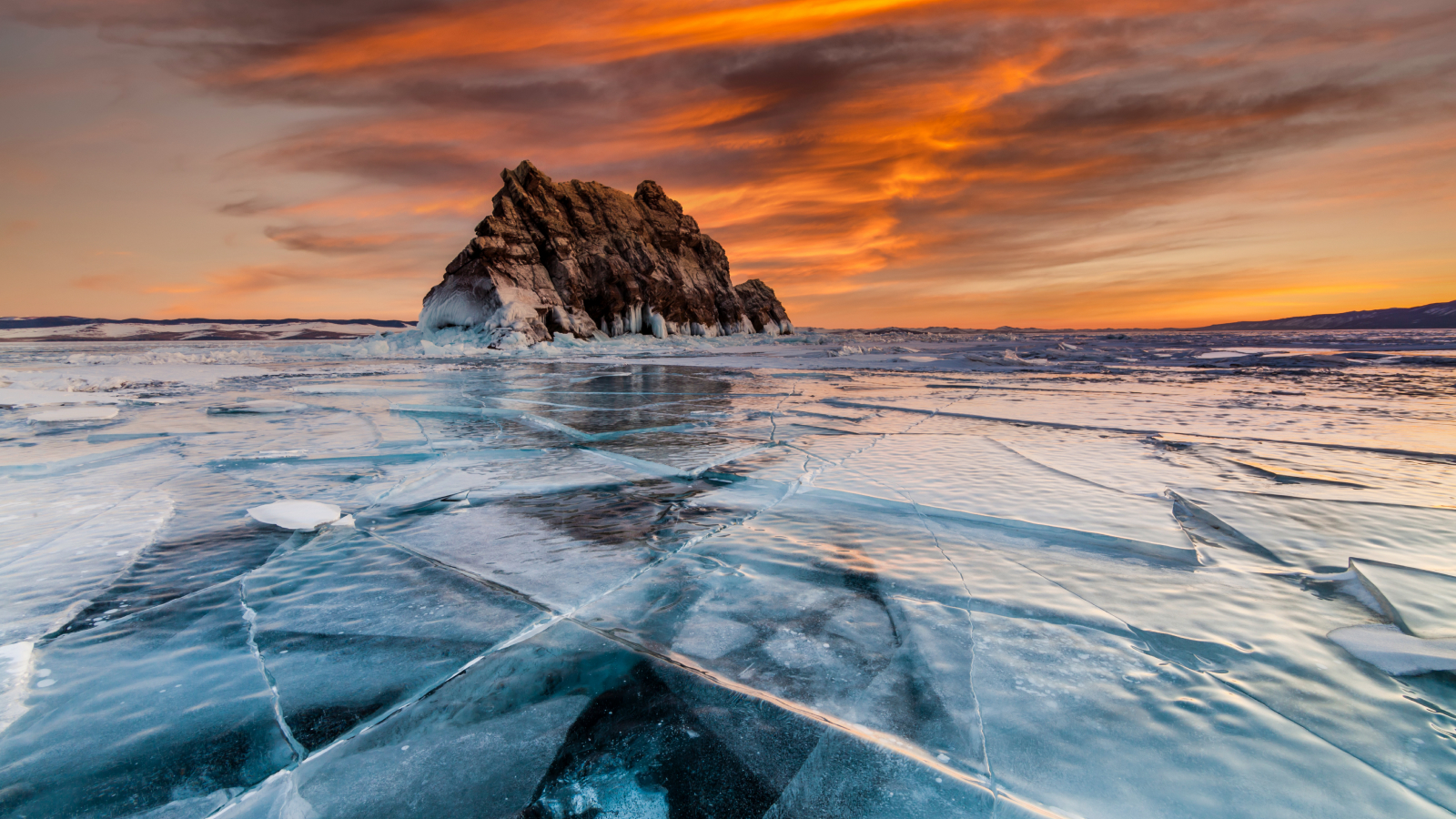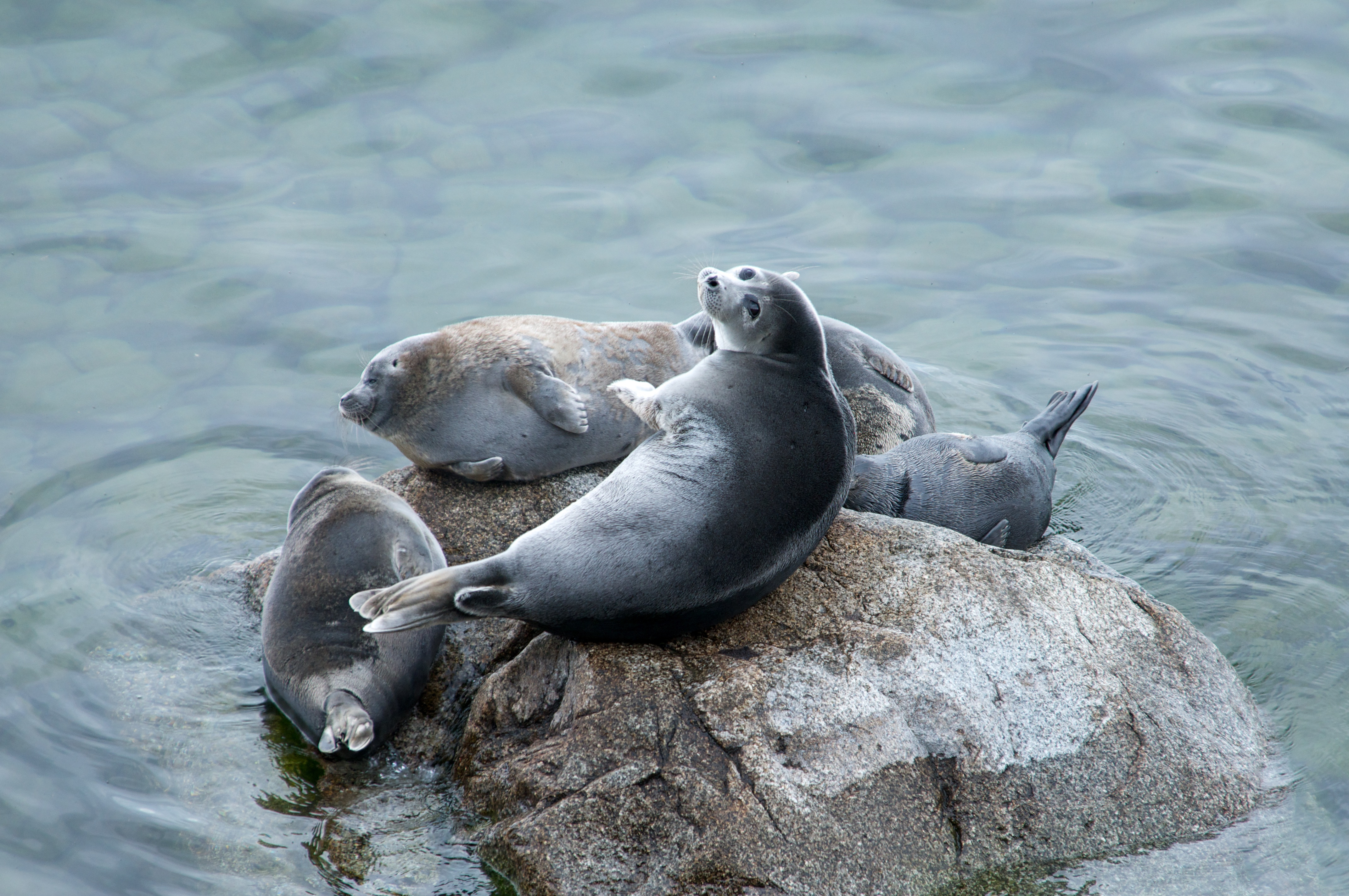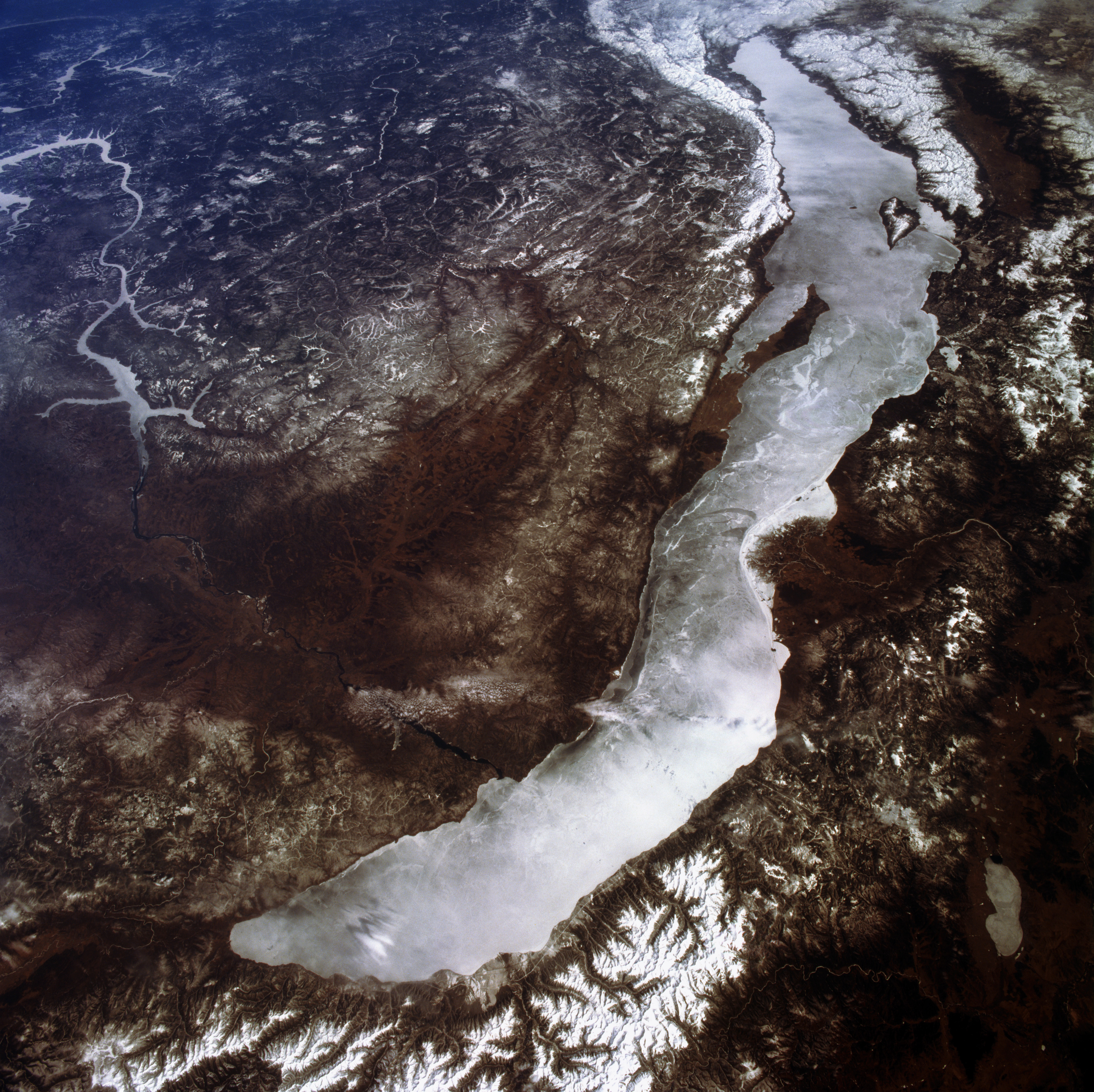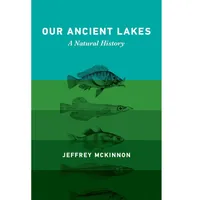'Worrisome and even frightening': Ancient ecosystem of Lake Baikal at risk of regime change from warming
Lake Baikal, the largest and most ancient of freshwater ancient lakes, had its start in the time of the dinosaurs and began to take its modern form well before the appearance of our own lineage, the Homininae.

Lake Baikal, in southern Siberia, is the world's oldest and deepest freshwater lake and, due to its age and isolation, is exceptionally biodiverse — but this remarkable ecosystem is under threat from global warming. In this excerpt from Our Ancient Lakes: A Natural History (MIT Press, 2023), Jeffrey McKinnon examines the regime shift that is now taking place at the lake.
As the largest and deepest of freshwater lakes, with a vast volume comprising 20% of the planet's liquid fresh water, one might expect Lake Baikal to be resistant to change. Thus, there was a good deal of interest when comprehensive analyses began to appear in the 2000s of the 60-year data sets collected by Mikhail Kozhov, Olga Kozhova and Lyubov Izmest'eva.
These and other data show clearly that Baikal is warming and that the annual duration of ice is shrinking. It is also becoming apparent that these changes are affecting the lake's organisms indirectly through effects on other physical processes in the lake as well as directly. In some cases, changes in physical processes are affecting how organisms interact with each other.
In the first major report presenting comprehensive analyses of the data collected by the Kozhov family, Stephanie Hampton, of the U.S. National Center for Ecological Analysis and Synthesis (now at the Carnegie Institution for Science), Izmest'eva and a team of collaborators from multiple institutions reported on the biological changes that had accompanied the warming of Baikal.
They found that algal mass has been increasing overall, as have the numbers of a group of widely distributed zooplankton known as cladocerans, which do well at higher temperatures. In contrast, the endemic, cold-loving Epischurella (a type of small crustacean) has been either declining slightly or stable. Owing to physiological and other differences between the different types of zooplankton, Hampton, Izmest'eva and colleagues suggest that if these trends persist or intensify, patterns of nutrient cycling in the lake could be substantially affected, with broad ecological consequences.
In a complementary analysis of data from shallow sediment cores, an international team led by British scientists George Swann (University of Nottingham) and Anson Mackay (University College London) looked at how natural and human-driven changes have affected nutrient and chemical cycling, and ultimately changes in algae productivity. Their time frame of 2,000 years was longer, but still comparatively recent. Their most important conclusion is that since the mid-19th century, the supply of key nutrients has greatly increased, from the nutrient-rich deeper waters to the nutrient-limited shallower waters where light is high and algae can be productive.
Get the world’s most fascinating discoveries delivered straight to your inbox.
They suggest that this is the result of documented increases in wind strength over the lake, which can cause more extensive "ventilation" of deep waters. The cause of increased wind strength is not yet known with confidence, but decreased ice cover along with increased air and surface-water temperatures likely contribute.
Hampton and Izmest'eva have built on these and other findings in a mathematical model of the Baikal open water ecosystem, developed with several additional collaborators including Sabine Wollrab of Michigan State University and Berlin's Leibniz Institute of Freshwater Ecology and Inland Fisheries. In the model, they seek to integrate biological interactions between organisms with changes in the physical environment. Their goal is to better understand the causes of the recent changes in seasonal patterns of algae abundance, especially in the winter.
Baikal, with sunlight penetrating its clear winter ice, has traditionally had a peak in algae productivity in the winter and early spring — yet another unusual feature of this system. In the late 20th century, these peaks were often delayed, weaker, or simply absent. The Kozhov family's data detected these patterns, which can seldom be evaluated in lakes, because of their determined sampling through the winters.
The model, which takes into account Epischurella abundance and grazing, and considers separate populations of cold-adapted and warm-water-adapted algae, suggests that these changes in algae abundance may be largely the result of reduced annual ice cover, and that if ice coverage continues to diminish the winter algae peak may disappear altogether. The model is somewhat complex, but its predicted outcomes arise at least in part from the greater ability of the Epischurella to suppress algae population growth by eating the algae when there is less ice cover.
The model describes a "regime shift," a steplike switch from one state of a system to a different state involving a different range of variation. No model is final, and this one may evolve as our understanding of the ecological interactions evolves, but the contrast between regime shift and steady, gradual change is worrisome and even frightening.
It indicates that global warming and other human-generated environmental changes may sometimes cause abrupt shifts in ecosystems that may be hard to both predict and reverse.
Lake Baikal, the largest and most ancient of freshwater ancient lakes, had its start in the time of the dinosaurs and began to take its modern form well before the appearance of our own lineage, the Homininae.
Yet it only assumed its current deep and thoroughly oxygenated character in the late Pleistocene (2.6 million to 11,700 years ago). Among its diverse endemic fauna, its gammarid amphipods and sculpins are especially well studied. Species from both radiations are uncharacteristically important in open water food chains and also as prey for the planet's only species of freshwater seal, the nerpa (Pusa sibirica).
Other gammarid and sculpin species are important in Baikal's highly distinctive abyssal vent and seep communities, which are energized by methane percolating up into the deep lake's sediments and waters.
As the biodiverse ancient lake at the highest latitude, Baikal is showing the direct and indirect effects of global warming on its physical and biological systems and processes. The lake may be experiencing an ecological regime shift that should give pause to creatures living in a larger yet still finite ecosystem — one that is quickly heating too.
Excerpted from Our Ancient Lakes: A Natural History, by Jeffrey McKinnon. Published by The MIT Press. Copyright © 2023 MIT. All rights reserved.
Our Ancient Lakes: A Natural History - $25.30 at Amazon
Shining a light on a class of biodiversity hot spot that is equivalent to coral reefs in the ocean or tropical rainforests on land, "Our Ancient Lakes" chronicles in a refreshingly personal and accessible way the often singular wonders of these venerable water bodies.
Jeffrey McKinnon received his BSc from the University of British Columbia and his PhD from Harvard University. A Professor of Biology at East Carolina University, his research has taken him to every continent but Antarctica and has appeared in journals including Nature and the American Naturalist.





